About us
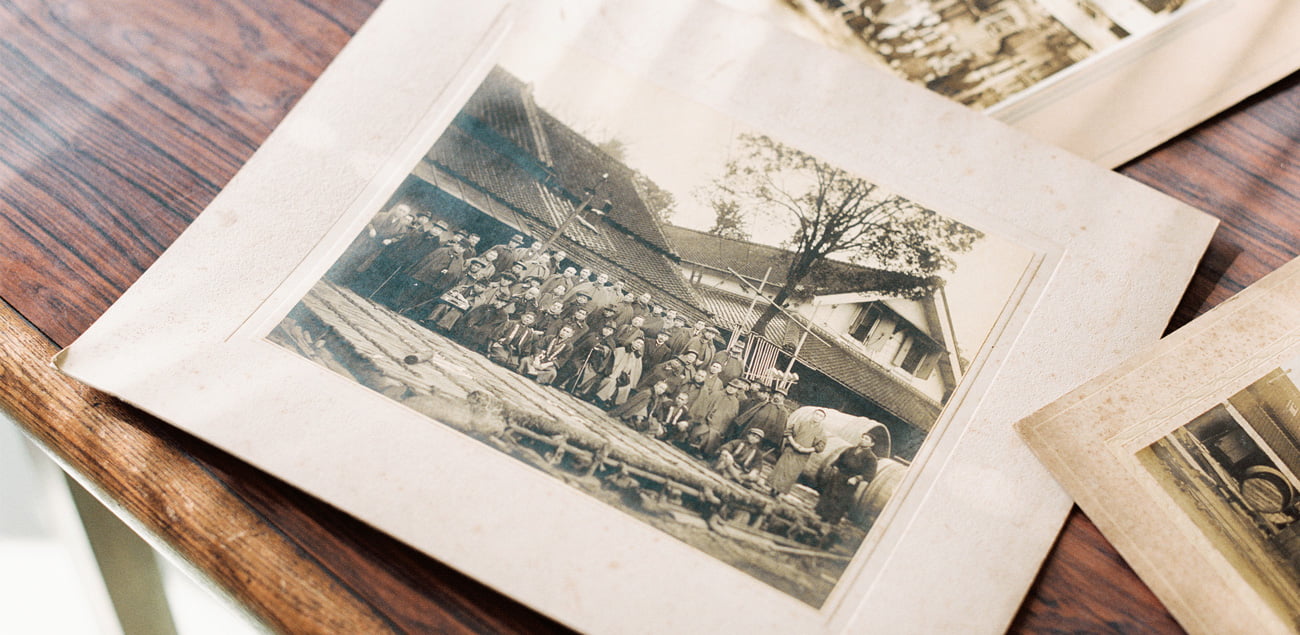
Our history
According to one theory, the town of Mabashi, Shisui-machi, where Iinuma Honke is located, has existed as a village since the ancient Jomon period. Below is a timeline of the history of the Iinuma family dating back from 400 years ago, when our ancestors were presumed to have settled on this land, to the present day.
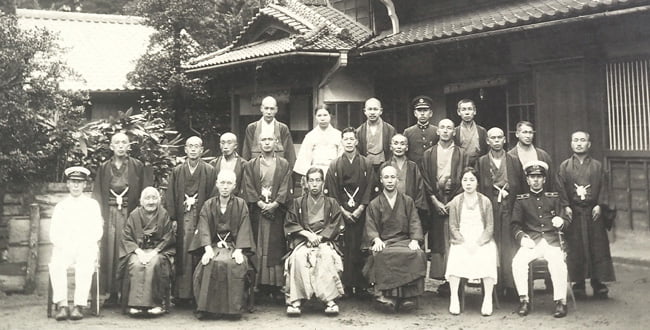
Our history as observed in the omoya (main house)
It is estimated that Iinuma Honke settled in Shisui around 400 years ago. Upon examining the main house where the generations of family headships have resided, we learned that the building had undergone four major renovations, the first of which was discovered to have utilized a technique dating back at least 350 years based on the craftsmanship evident in the woodwork joints and hand-planed surfaces. Moreover, the mortuary tablet of the previous headship is marked with a year from the early Tokugawa period (1603 – 1868), suggesting that our ancestors may have lived here long before that period.
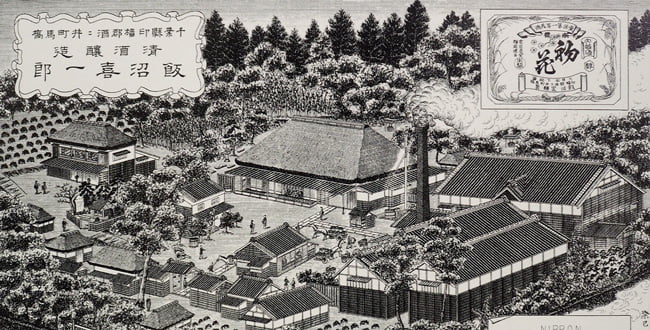
Genroku era of the Edo period
The years between 1688 and 1704 are referred to as the Genroku era, and it was an age of cultural prosperity for Japan. The world that had previously been perceived as being full of misery shifted to become that of a fleeting nature where it was encouraged to be spent seeking pleasure and enjoyment. (The Japanese terms for these concepts are 憂き世 [miserable world] and 浮世 [fleeting world] and both are read, ukiyo.) It’s not difficult to imagine how drastically the lives of the people must have changed with the growth of the economy. It was during these times that alcohol became widely familiar to the general public, and the shoya (village headmen), who were brewing omiki (sacred ceremonial sake) with surplus rice, also began to make sake for drinking. This piece of history may explain why there are a noticeable number of sake breweries founded in the Genroku era.
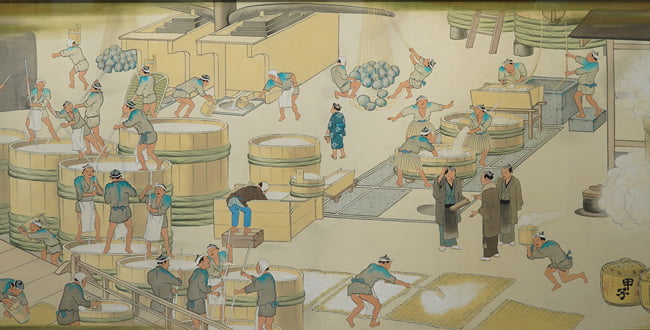
Iinuma Honke’s beginnings in sake brewing
Iinuma Honke had originally engaged in the agriculture and forestry businesses but began brewing sake in the Genroku era after having granted permission from the Edo shogunate to produce sake intended for offerings to shrines and temples. Then, we began to make sake for commercial use and officially become a liquor company in the late Edo period. During the transition period from Edo to Meiji, the government issued sake brewing licenses, which mandated the payment of liquor taxes, to influential people in the regional areas to secure finances. From then on, sake brewing became our business.
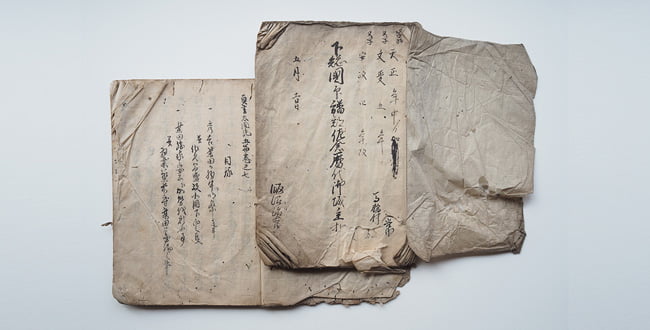
Establishment of the sake brewing facility
In a written account on the 10th generation headship, Jiemon, it states, “In the first year of Meiji, a large-scale construction was conducted for a brewhouse in which to brew sake.” The record describes how the brewery headship established a brewing facility in the early Meiji period where he applied himself to leading the sake production and how their sake came to be sold not only in their local community but also in other regions. A name belonging to a person of the Sakura Domain also appears in the literature, which suggests that the brewery had since been operating the business while maintaining deep ties with the local feudal domain.
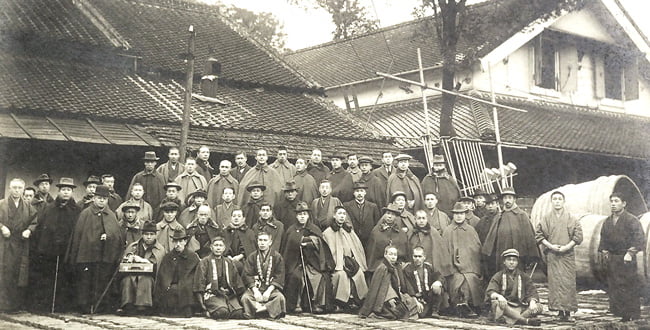
Sake brewing before and during the war
Even amid the war, sake was indispensable for annual events, and it was also a time when drinking sake was the only means of finding solace. Sake was also used for culinary purposes, and it had become a common, everyday staple. In 1938, the brewery increased its sake yield, thus raising the land value subject to taxation. It also introduced a rice polishing machine to expand the business, and we have prided ourselves in polishing the rice in our very own facility since then. There are only a handful of breweries left in the prefecture that is equipped with in-house rice polishing facilities.
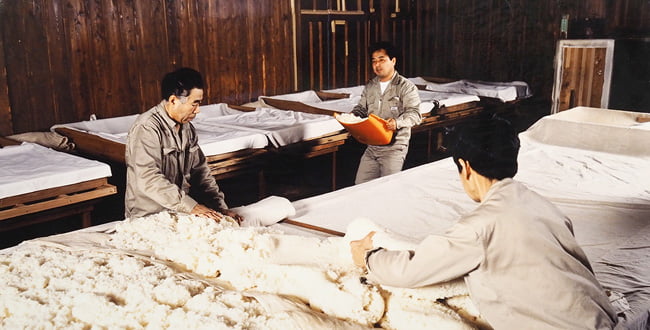
Welcoming temporary brewers
The brewery had the greatest number of employees after the war, and every winter, it would accept 60 to 70 temporary kurabito (brewers) from Niigata prefecture who came to work away from their homes. It was common practice for those living in the Hokuriku region to temporarily migrate to areas less prone to snow to work at the sake breweries there, as the snow in their locality made it nonideal for brewing sake in the winter. However, young people have ceased to work away from home since around 30 years ago, and coupled with the diminishing population of brewers, the practice of working temporarily away from home came to an end. In a way, these episodes are proof that sake has always existed in intimacy with Japanese history.
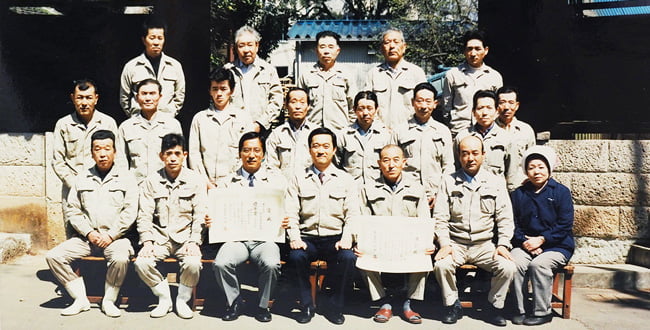
Succession of Kiichiro Iinuma as headship
In 1981, the previous representative, Kiichiro Iinuma, was appointed to brewery headship. While mass production and mass consumption became mainstream, and domestic brands were attracting attention, Iinuma Honke put great efforts into increasing the value of regional sake once again and making our products available to the local community. As the period of high economic growth ended, social views began to shift from preferring voluminousness to seeking something smaller but of high quality and character. This new value gave a boost to the widespread jizake (regional sake) trend.
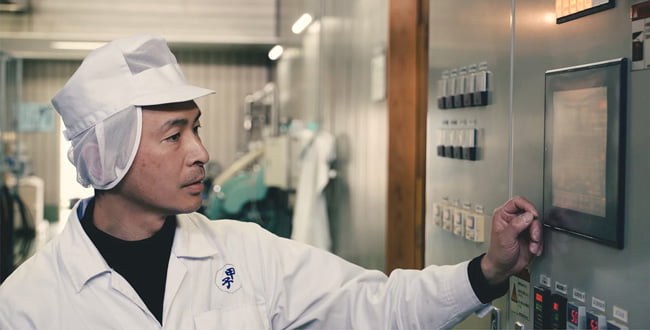
Mechanization
Iinuma Honke began to make capital investments at a relatively earlier stage than those in the same industry, having introduced machinery to brew sake. At present, we efficiently yield 1,900 koku* by the hands of five brewers. We value flexibility in allowing the toji (master brewer) and kurabito to create the kind of sake they wish to drink and to brew it with a strong concept while honoring traditions. The kurabito themselves are encouraged to make sales appointments with customers to gather information, and this enables us to constantly challenge new tastes and flavors.
*Koku, meaning stone, is a unit of sake yield. One koku is 180 liters, equivalent to 100 1.8-liter-bottles. The above koku calculation was based on the expected production quantity of genshu, or undiluted sake, for the 2016 brew year.
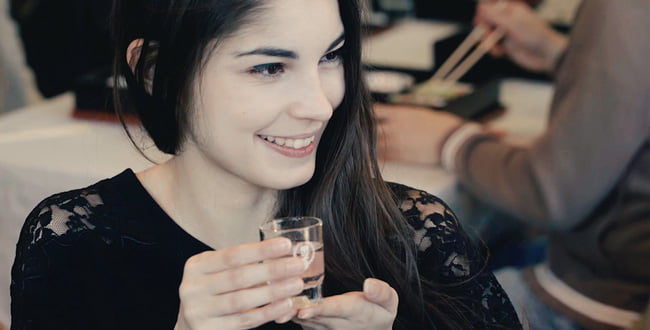
Brewery tours and globalization
Iinuma Honke is located close to Narita Airport, the gateway to Japan. Our wish was to pass on knowledge about Japanese culture to the world from our town of Minami-Shisui, and since 2005, we have been welcoming visitors from Japan and numerous countries from around the world to enjoy our brewery tour. Customers may drink sake and dine in the brewery’s café nestled within the idyllic Japanese landscape and immerse themselves in the true Japanese ambiance. We hope that through this experience, our visitors may further appreciate the allure of Japanese culture as well as the products of Iinuma Honke.
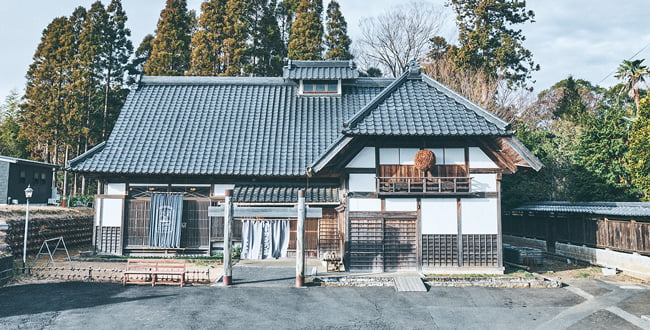
Kinoene Magariya opens for business
In October 1995, we began to operate an establishment to offer our products and services to customers. The building later opened as Kinoene Magariya with a shop and gallery. Here, we sell products made with our home-grown crops and hold exhibits featuring artists mainly based in Chiba. The idea is to not only brew and sell sake but to also focus on innovating the settings and functions that transpire from these creative processes. We wish to provide opportunities for people to touch on the culture, food, and art of Japan from an approach other than that of sake.
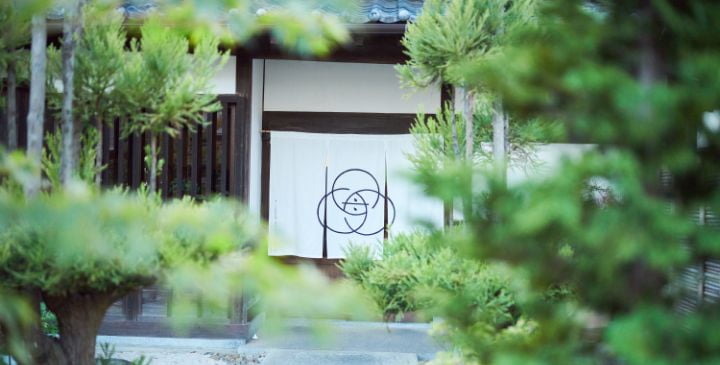
Kinoene omoya opens for business
Situated in a renovated, 300-year-old omoya (main wing) that has been a cherished residence for generations of the Iinuma family, Kinoene Omoya invites patrons to indulge in Japanese sake and culinary offerings inspired by the twenty-four solar terms of the Asian calendar. The space embraces its heritage with original beams and fittings still in place, and the tastefully furnished tables crafted from repurposed sake-making materials harmonize with chairs and lampshades produced by artisans. The renovation has created a serene ambiance and a new purpose as a place for social gatherings and shared moments. The twenty-four solar terms are deeply intertwined with the art of sake-making, and savoring the seasonal cuisine and sake in its place of origin makes the experience even more special.
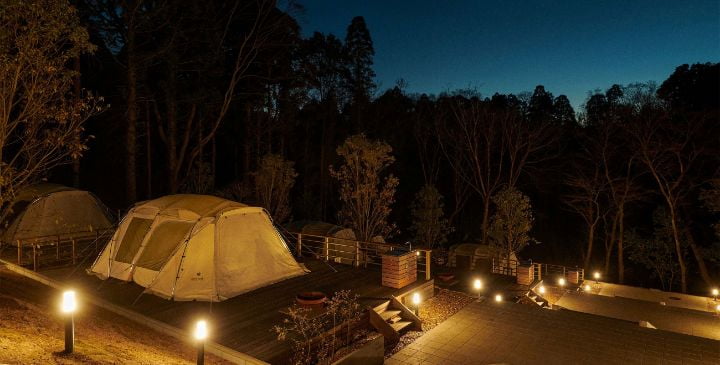
Kinoene SAKE CAMP opens for business
Our enchanting campsite opened in 2023 after transforming the slope of the lawn area within the brewery’s premises. Visitors arriving by car can now fully engage in our sake-tasting experiences to delve deeper into the Kinoene label through the unique opportunity of an overnight stay at a brewery. Wake up to the songs of morning birds and enjoy evenings under the stars while engaging in leisurely conversations with a glass of sake in hand. Indulge in the exclusive experience only available at our sake brewery.

Rebranding [Kinoene Masamune] to [Kinoene]
In April 2023, Iinuma Honke transformed its signature label [Kinoene Masamune] to [甲子 -Kinoene-]. The rebranding initiative resulted in a new brand identity and updated bottle design. The character “甲” originated from the contours of a turtle, and a turtle whose shell is covered in moss is considered a sign of longevity. The character [子] refers to the zodiac year of the rat, and together, the two symbolic elements were incorporated into the new design. We also reconnected with our roots to embrace our fundamental principles of “brewing exquisite sake, curating enchanting settings.” With renewed spirit, we have embarked on a new chapter in our journey.
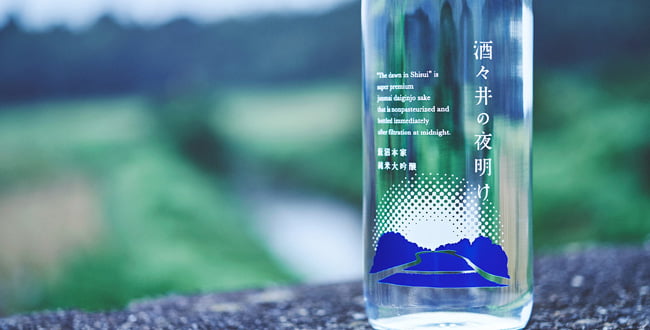
Selling sensational products with stories of their own
Since around 2016, we have been selling various products that are conceptually strong with a sensational story for each. Take, for example, the Make Sake Project, a hands-on experience where patrons can participate in brewing their own batch of sake. Others include our sake nouveau, The Dawn in Shisui–the first-pressed sake of the season shipped fresh on the day of the pressing process; and Kinoene Apple, which is brewed with a high malic acid-producing yeast. We believe that our never-ending pursuit of new challenges is the very essence of the style in which Iinuma Honke keeps its history and tradition alive, and we will continue with this endeavor.
Involvement with the Shisui community
The name of the town, Shisui (酒々井), originates from Sake-no-Ido (酒の井戸, meaning “sake well”). There are only two towns in Japan that use the character, 酒 (sake), in their names. When Iinuma Honke grows, Shisui grows; when Shisui grows, Iinuma Honke grows. We place great value on preserving this kind of reciprocal relationship.

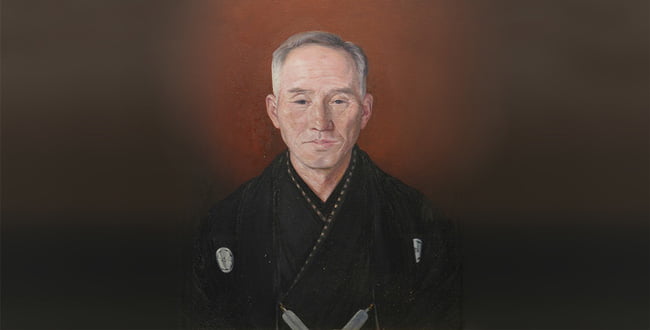
Iinuma Honke and the town of Shisui
Formerly known as Mabashi-mura (Mabashi Village), the area in which Iinuma Honke is situated was renamed to became Mabashi, Shisui-machi on April 1, 1887, after Chiba Prefecture enforced the municipal system. The 12th headship, Kiichiro Iinuma served as the 10th mayor of Shisui town in addition to making donations to build the former school building at Shisui Elementary School. As a local sake brewery, we now hold the Shisui Matsuri, a festival organized by the residents of the community to celebrate the newly brewed sake, every autumn and engage in various other activities together with the people of Shisui.

A well where sake flows
Located within the grounds of the Enpuku-in Jingu-ji Temple is a monumental tablet honoring the Sake-no-I, or the Well of Sake. From 2006 to 2007, volunteers and residents of Shisui Ward made efforts to restore the well and remodel its surrounding landscapes with plants, flowerbeds, and a gate. This well of sake at Enpuku-in has also been mentioned as the “Sakazuki-no-I”, or the Well of the Sake Vessel, in the Shimosa Meisho Zue (下総名勝図絵), an illustrated compilation of the places of scenic beauty in Shimosa Province, a region centered around present-day northern Chiba. The famous legend of a pious son nurturing his ailing father to health with water that tastes like fine sake is most often told in Gifu Prefecture where the Yoro Falls is located. However, a similar legend has also been passed down for ages in the town of Shisui, deriving from the origins of its name.
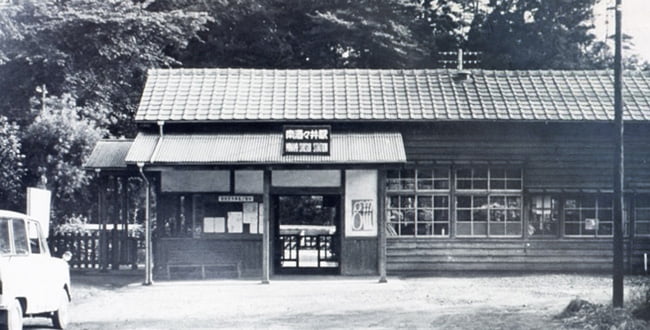
The construction of Minami-Shisui Station
In 1924, Kiichiro Iinuma campaigned to provide a part of the property to the then Japanese National Railways to erect the Minami-Shisui Station. In those days, sake distribution was mainly conducted by horses, but with the development of a railway system, Kiichiro was quick to transition his distribution method to using railways. A trolly track was laid from the station to the brewery to transport sake barrels on a railway car. What was left of the trolly track remained until the bottling facility was newly constructed in 1985. It has since been removed and three are no more remnants of its past.
